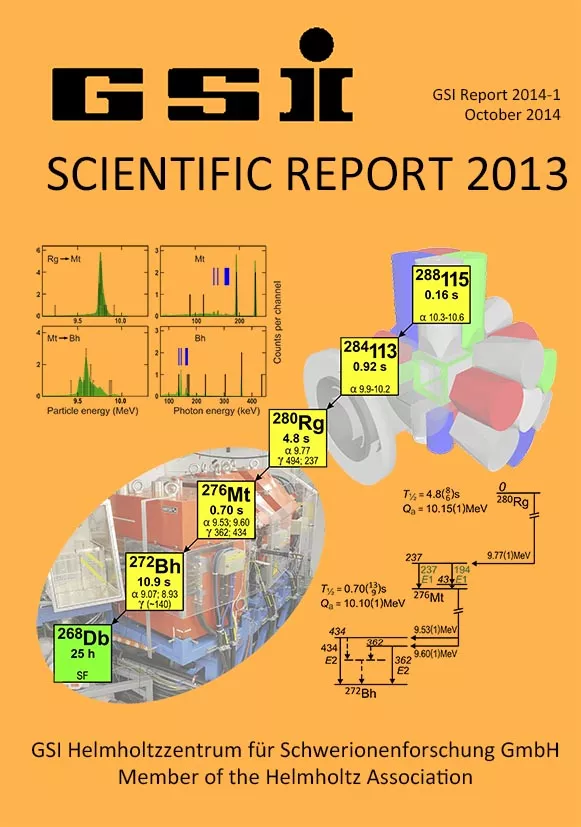Superheavy Elements
Lund activities within superheavy element research
Atoms containing atomic nuclei with more than 103 protons are classed as 'superheavy'. We explore superheavy nuclei both in terms of their nuclear structure as well as their mere existence. To date (2023), no atomic nuclei with a proton number in excess of Z=118 have been observed.
In the wake of the discovery of superheavy elements, nuclear spectroscopy experiments aim at providing benchmarks for nuclear theory at the uppermost end of the nuclear chart. Some highlights of our engagement in superheavy element science are flashed on this page. For more details, follow the links on the right hand side (TBD, HT23).
The 2012 flagship experiment with TASISpec, developed and built in Lund and placed in the focal plane of the TASCA gas-filled separator at GSI Darmstadt, Germany, aimed at nuclear decay spectroscopy along alpha-decay chains stemming from "element 115", since 2016 named Moscovium, Mc. The experiment provided first nuclear structure information and independently confirmed the discovery of element 115. The results triggered world-wide attention and featured the cover page of the GSI Scientific Report 2013. Details are laid out in the PhD thesis of Ulrika Forsberg.
Soon after, we received permission to host the Nobel Symposium NS160, Chemistry and Physics of Heavy and Superheavy Elements, held at Bäckaskog Castle in 2016. At the same time and also together with our colleagues at the Division of Mathematical Physics, we received a major grant from the Knut and Alice Wallenberg foundation to "ChaSE Lundium", i.e., on the experimental side to develop and build the next generation decay station named "Lundium". Our activities were also highlighted in a contribution to the 350-year anniversary of Lund University Jubilee series in 2017.
TASISpec+ employed tailor-made cubic-shaped germanium detector modules surrounding the former TASISpec silicon detector cube. Within the GSI FAIR Phase-0 science programme and once again behind TASCA, decay chains of isotopes of Z=114, Flerovium, were observed. Evidence was put forward showing that the 'Island of Stability' is not centered around Z=114 (see LU Press Release 2021). Details are laid out in the PhD thesis of Anton Såmark-Roth.
More recently, we delivered, installed, and commissioned a detector for SuperHeavy RECoils (SHREC) at Lawrence Berkeley National Laboratory in 2022. The ultimate goal of the US-led project is to discover element 120. The full characterization of SHREC as well as data from various recent milestone experiments provide timely opportunities for BSc and MSc thesis work in Lund.
Links to external pages:
- KAW Project "ChaSE Lundium"
- Superheavy element (SHE) research at FAIR/GSI and TASCA Collaboration
- Heavy Element group at Berkeley and note on Element 120 Search
- YouTube (LU Channel) of the LU 350-year presentation
- Element 115, Moscovium, Mc, in Wikipedia
- Superheavy Elements
- SHREC@LBNL
- Lundium
- TASISpec(+)
- Element 114
- Element 115
- Main Publications
- Student Theses
Nuclear Structure
Back to the main page for Nuclear Structure
Nobel Symposium NS160
Chemistry and Physics of Heavy and Superheavy Elements (Bäckaskog Castle, 2016)


